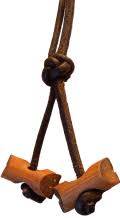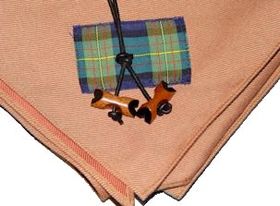Program Overview
Sessions cover critical areas that help new scouters to obtain the Wood badge One and Two, from Assessing Program Quality to Youth-led Camping and many areas in between. Along with fun stuff like cooking over a campfire to learning songs, skits, and cheers. We also have sessions covering important topics like how to get parents involved and critical conversations. Participation in these sessions can make volunteering better and will grow strong and healthy groups.
Outside agencies are brought in to qualify you in sessions like pelletry, archery, tomahawks, canoeing or wilderness first aid and many more. Price range depends on what you take but starts at $40 per day, $100 half week, or $200 for the whole week of programming. This includes camping fees. This is just a sample presentation of a regular scouter as a participant.

So What is Wood Badge??
Wood Badge is an internatinally recognized Volunteer-development program focusing on the knowledge and skills neede to facilitate the Scouting program. These competencies include youth progran facilitation, outdoor skills, Scouter Support, Risk Management and Safety. The Wood Badge refers to the recognition that Scouters receive when they complete the Wood Badge Program
- The Wood Badge – Two wooden beads on a leather thong
- The Gilwell neckerchief
- The leather Wood Badge woggle
- The Wood Badge Certificate

Wood Badge is a Scouting leadership programme and the related award for adult leaders in the programmes of Scout associations throughout the world. Wood Badge courses aim to make Scouters better leaders by teaching advanced leadership skills, and by creating a bond and commitment to the Scout movement. Courses generally have a combined classroom and practical outdoors-based phase followed by a Wood Badge ticket, also known as the project phase. By "working the ticket", participants put their newly gained experience into practice to attain ticket goals aiding the Scouting movement. The first Wood Badge training was organized by Francis "Skipper" Gidney and lectured at by Robert Baden-Powell and others at Gilwell Park (United Kingdom) in September 1919. Wood Badge training has since spread across the world with international variations.
On completion of the competencies, participants are awarded the Wood Badge beads to recognize significant achievement in leadership and direct service to young people. The pair of small wooden beads, one on each end of a leather thong (string), is worn around the neck as part of the Scout uniform. The beads are presented together with a taupe neckerchief bearing a tartan patch of the Maclaren clan, honoring William de Bois Maclaren, who donated the £7000 to purchase Gilwell Park in 1919 plus an additional £3000 for improvements to the house that was on the estate. The neckerchief with the braided leather woggle (neckerchief slide) denotes the membership of the 1st Gilwell Scout Group or Gilwell Troop 1. Recipients of the Wood Badge are known as Wood Badgers or Gilwellians.

